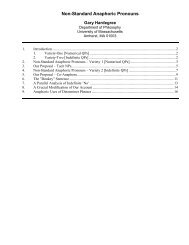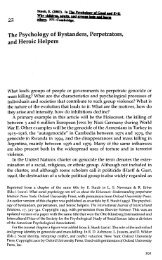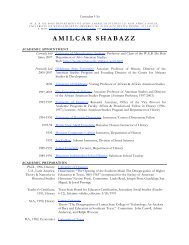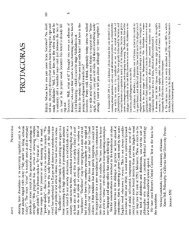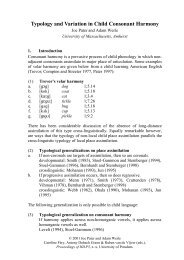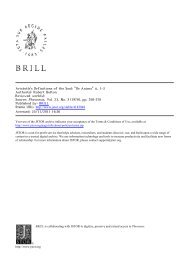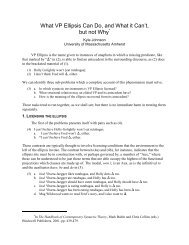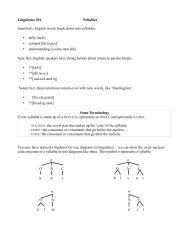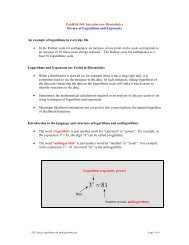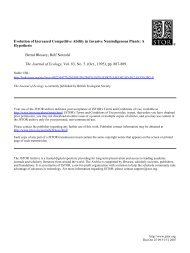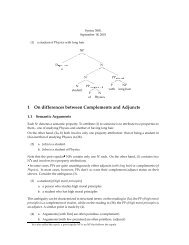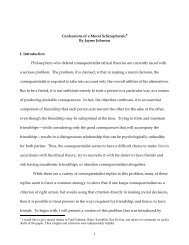rethinking translation in the second language classroom
rethinking translation in the second language classroom
rethinking translation in the second language classroom
You also want an ePaper? Increase the reach of your titles
YUMPU automatically turns print PDFs into web optimized ePapers that Google loves.
consider<strong>in</strong>g <strong>translation</strong> as 1) a communicative activity, 2) a cognitive process, and 3) a<br />
cultural experience that could eventually be implemented <strong>in</strong> a L2 <strong>classroom</strong>. Therefore,<br />
<strong>the</strong>se units will demonstrate that <strong>translation</strong> can not only serve as a teach<strong>in</strong>g resource, but<br />
also as a valuable tool for <strong>the</strong> deeper comprehension of L2. In summary, <strong>the</strong> use of<br />
<strong>translation</strong> <strong>in</strong> a L2 <strong>classroom</strong> will a) verify comprehension and accuracy, b) build up<br />
passive and active vocabulary, c) deepen comprehension, d) improve writ<strong>in</strong>g skills, e)<br />
ease <strong>the</strong> retention of sentence structure, f) contribute to a better communication and<br />
expression, and g) assist <strong>in</strong> problem solv<strong>in</strong>g and make decisions.<br />
The rest of <strong>the</strong> work is structured as follows: Chapter 2 is an overview of teach<strong>in</strong>g<br />
discourse and text analysis through <strong>translation</strong> <strong>in</strong> <strong>the</strong> L2 <strong>classroom</strong>, chapter 3 deals with<br />
<strong>translation</strong> as a communicative activity, chapter 4 studies <strong>translation</strong> as a cognitive<br />
process, chapter 5 <strong>in</strong>vestigates <strong>translation</strong> as a cultural experience, and chapter 6<br />
summarizes conclusions.<br />
14



